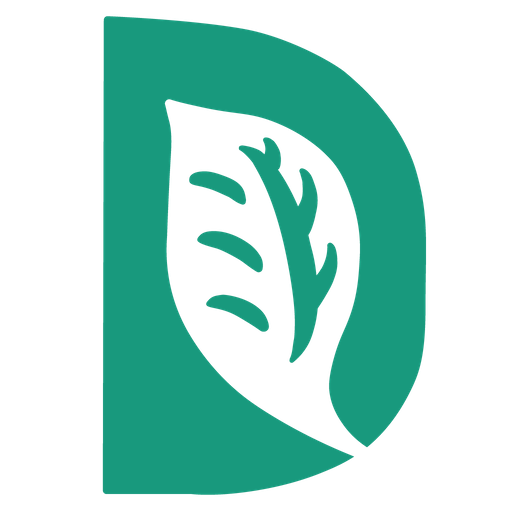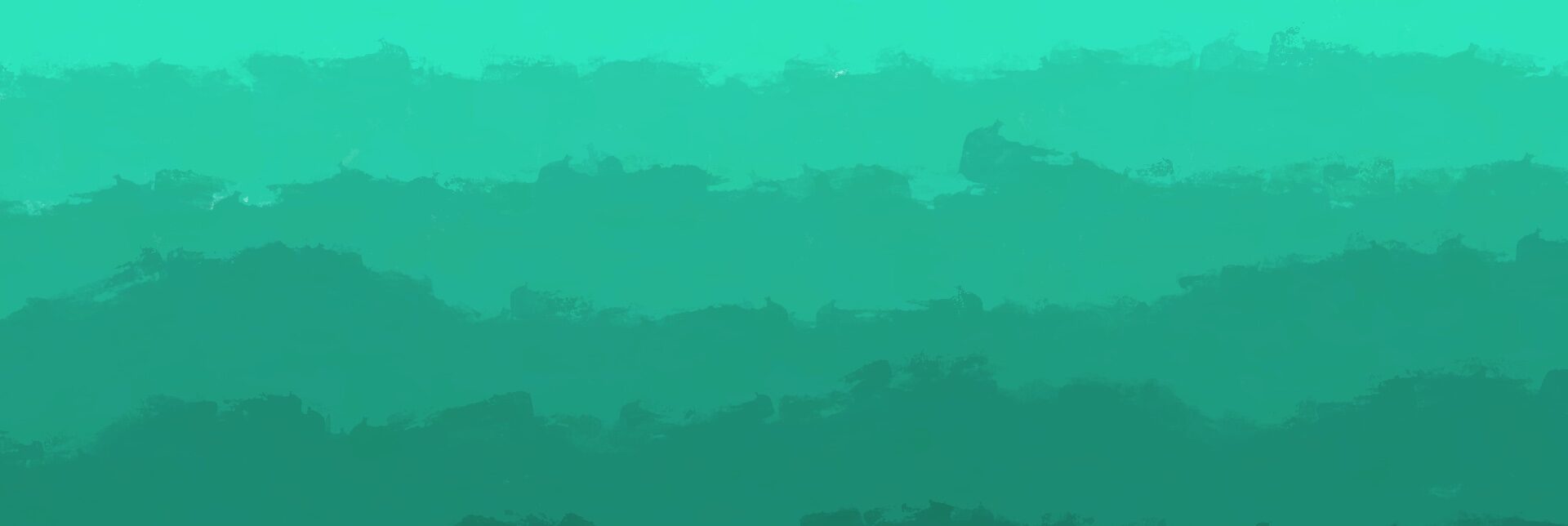
Stories, artwork, and counter-narratives of what it means to be disabled in nature.
We recognize the value and insight that disability can bring to how we move through, experience, and connect to the natural world. We want to hear your story – help us challenge ableist norms and assumptions around what being in nature should look and feel like.
Learn more and participate in the Disabled in Nature Project
There is no one “right” way to experience or connect with the natural world. Whether hiking, sitting, gardening, drawing, biking (and more), each way of being in nature contributes something to what we know about what it is to be human. Despite this, many of the norms, values, and practices in environmental education and advocacy efforts center around a rather narrow range of knowing and being in nature – ways that often rely on having a nondisabled mind and body.
We are taught that pushing past one’s physical limits is valued more than knowing when to stop and rest; that moments of great connection to nature are found only at the end of arduous hikes that few can afford to go on; and that the use of assistive technology is counter-productive to fostering a connection to nature. These norms and values, though, have an expiration date for everybody – whether through injury, illness, or disability, these practices become inaccessible once our minds and bodies inevitably change. By adhering to these norms, we limit our future potential, as well as alienate those whose ways of being in nature differ from a nondisabled “ideal.”
Rather than positioning disability as a deficit that prohibits connection to nature, the Disabled in Nature Project was created to assert that disabled people connect to nature in generative, creative, and meaningful ways. In this way, disability is an important source of knowledge about ways to exist in the world and provides a counter-narrative to what it means to be a human in nature.
Started by a disabled environmental educator at the University of Washington, the Disabled in Nature Project is an effort to collect and present the vast and varied ways that disabled people connect to nature. By doing so, this site can serve as a resource for other disabled people who want to find resources and insight about connecting to nature from fellow community members who share their identity and recognize their way of being in the world is worthy and valuable.
Submit Your Story to Disabled in Nature

We’re looking for the stories, artwork, poetry, and photography of disabled people in the US and abroad who want to share their experiences connecting to nature. Help rewrite the dominant narrative of what being in and connecting to nature should look like.
Learn About Disability and Climate Change

Disabled people, particularly those who are multiply-marginalized, are disproportionately impacted by climate change. Learn why by visiting our Disability and Climate Change page.
Browse Our Resources About Disability

Have questions about disability? Want to learn the difference between the medical model and social model? What’s the difference between disability rights and disability justice? Look through our resources page to learn more!

